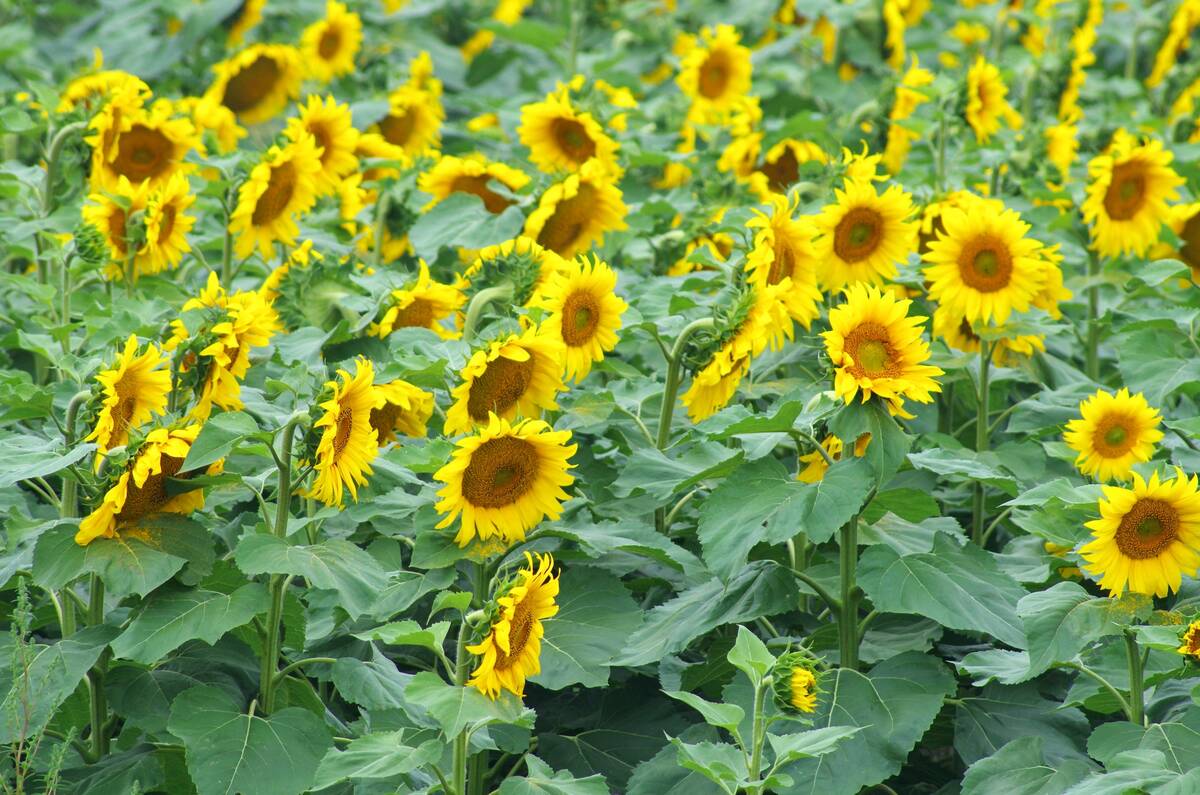Alberta beekeepers have formally thanked their provincial apiculturist for his work improving the health of the province’s honeybees.
The Alberta Beekeepers Association recently awarded Medhat Nasr its distinguished achievement award.
Beekeepers suffered high winterkill in their colonies from 2006 to 2009,
Surveys showed only 10 to 25 percent of bees were going into the winter healthy because of infestations of varroa mites and the fungal disease nosema. The unhealthy bees were susceptible to secondary disease and often didn’t survive the winter.
Alberta beekeepers experienced winterkill of five to 70 percent, which reduced honey production by 25 percent.
Read Also

Made-in-Manitoba sunflower hybrid heads to market
Glacier FarmMedia – Manitoba’s confection sunflower growers will have a new seed option next spring that was developed specifically to…
Nasr encouraged producers to adopt a series of changes, including a colony-monitoring program.
The changes worked, and the latest survey found that 75 percent of bees going into the winter were healthy. As a result, more were able to survive harsh conditions.
“This should show the value of monitoring bees before and after treatment,” Nasr said.
One of the keys to bee survival is a simple jar test to check for the level of varroa mite in hives.
Nasr said beekeepers who used to phone Nasr about problems in the hive never knew the level of varroa mite infection.
“There was a level of denial.”
Nasr did acknowledge that checking for varroa mites was a long process that required producers to collect and strain bees and mites.
Using a statistical formula, Nasr showed that collecting seven mites by shaking bees for a minute in a jar filled with special fluid indicates a three percent infestation, which is the level required for treatment.
Beekeepers who signed up for the bee pest-monitoring program were visited by experienced beekeepers twice a year and shown how to do the simple test. Within minutes, the beekeeper knew if there was a serious problem and if it should be treated with a miticide.
“It was quick, simple and reliable.”
The association said Nasr was also key to developing a protocol to allow queen bees to be imported from the United States to help alleviate the shortage of queen bees in Canada.
Alberta beekeepers import 25,000 to 40,000 queens a year from the U.S.
“It really helps secure the industry,” he said.
Nasr said improved beekeeper practices, more queens and more markets for Alberta honey should return the industry to its previous growth of five to 10 percent a year.














